Introducing Solar Billing Plan
All customers that were approved for solar installation after April 14, 2023 will be enrolled in the new Solar Billing Plan (aka Net Billing Tariff or NEM3.0). Under this new solar net metering plan, customers will be credited for the electricity they export based on its value to the grid. The California Public Utility Commission (CPUC) made these changes to promote grid reliability, incentivize home battery storage, and help control electricity costs for all Californians in an equitable manner. Billing under this new arrangement will begin on the customer’s first true-up date after April 15, 2024.
How Solar Billing Plan Works
Your meter tracks the difference between the amount of electricity your solar panels produce and the amount of electricity you use during each billing cycle. When your panels produce more electricity than you use, you will receive Energy Export Credits for your surplus electricity. These credits reflect the value of your power to the grid at the specific time it was exported. The credit level will vary by time of day, day of the week, and season.
SVCE generation charges will be settled within your monthly bill and PG&E’s transmission and delivery service charges will be settled during PG&E’s annual true-up process. If you produce more electricity than you consume on a monthly basis, any excess export credit will be rolled forward to the following month (shown as SBP Credit Balances on your bill).
If you produce more electricity than you consume on an annual basis, you will receive an automatic cashout from SVCE in April each year. SVCE pays for cumulative kWh at two times the PG&E net surplus compensation rate (NSC rate). A cashout worth $100 or more, up to a maximum of $5,000, will be provided via check. A cashout worth less than $100 will be provided as a bill credit. At the end of SVCE’s cash out cycle, all SBP Credit Balances and kWh balances are reset.
SVCE Solar Billing Plan Program Benefits

Get Paid for Excess Solar Generation
If you produce more electricity than you consume on an annual basis, SVCE pays two times the net surplus compensation rate (NSC rate) per kilowatt-hour (kWh) of any excess solar that is produced and put back onto the grid. PG&E’s NSC rate is based on current market prices and varies each month. This means you will get paid more for excess solar with SVCE than if you were with PG&E’s bundled service. Income-qualified customers will receive additional compensation with a pricing 2.5 times the NSC rate per kilowatt-hour.

Monthly Billing with Credit Roll Over
We bill you monthly so you don’t end up with a year’s worth of charges in an annual true-up. Excess credits rollover month-to-month.

Automatic Annual Cash Out
SVCE generation net surplus compensation balances over $100 are automatically paid to you in April of each year, up to a maximum $5,000. For balances less than $100 the remaining value will be applied as a direct bill credit on the statement ending in April of each year.

Opportunity to Enroll in GreenPrime
Unlike with PG&E, SVCE SBP customers can rest assured that that when they do need additional electricity, it’s sourced with 100% renewable energy—at an additional cost of $0.015/kWh.
Energy Export & Bonus Credits
The Export Credit rates are determined through a public proceeding managed by the CPUC. Currently, the export rate ranges from two cents to over two dollars per kWh based on the month and time of day.
Depending on the year and circumstances of your solar installation, you may also be eligible for additional bonus credits. Customers enrolled in the California Alternate Rates for Energy (CARE) and Family Electric Rate Assistance (FERA) programs or residing in a disadvantaged community or Indian Country will receive a higher credit value.
You can find more information and download a complete list of export rates on PG&E’s website.
Additonal Benefits with Battery Storage
- The CPUC estimates that the average residential customer could achieve significant savings on their energy bill through paired solar and battery installation.
- The Inflation Reduction Act increased the federal tax credit for solar systems to 30% and now includes a 30% credit for battery storage.


